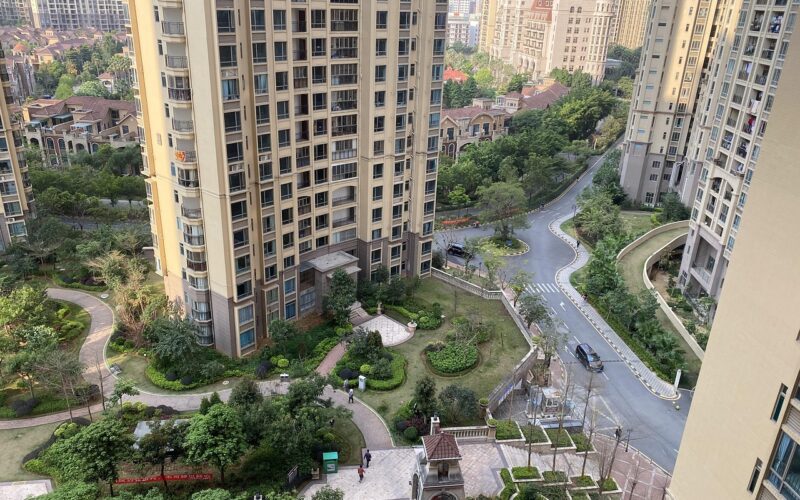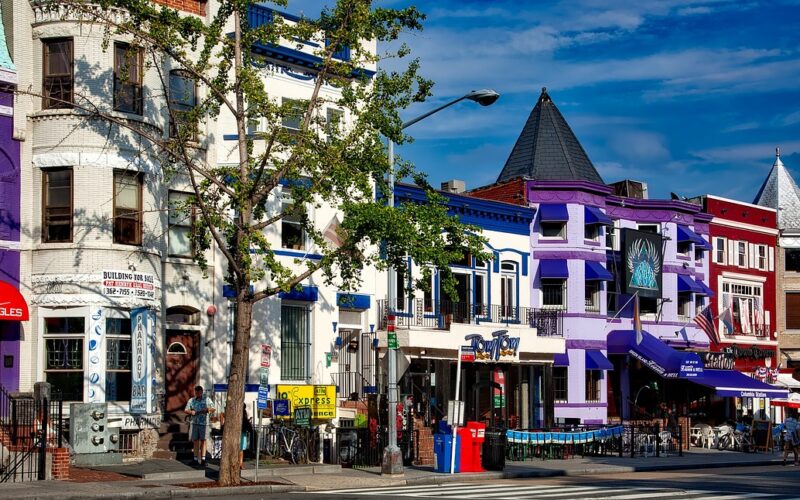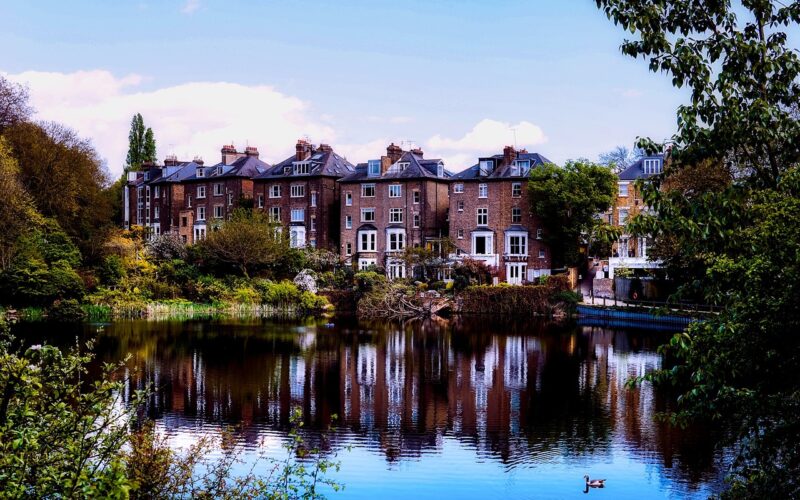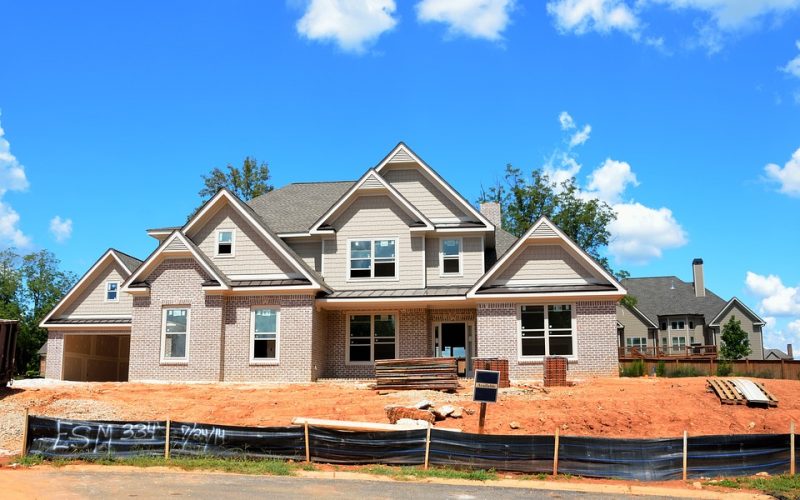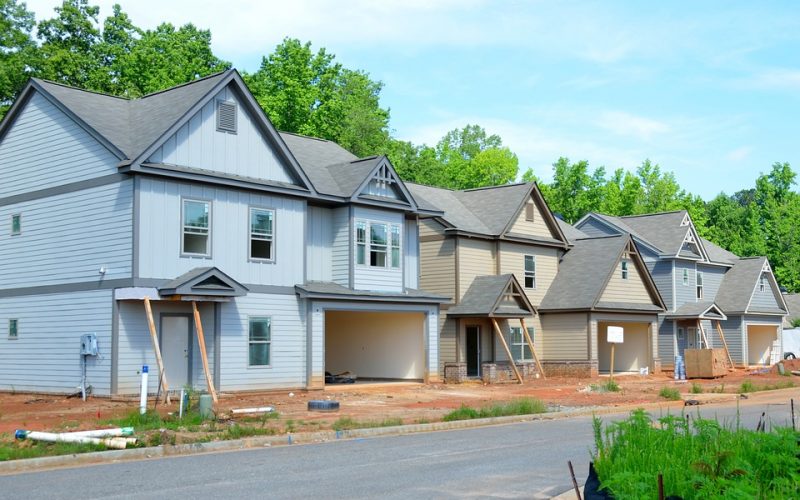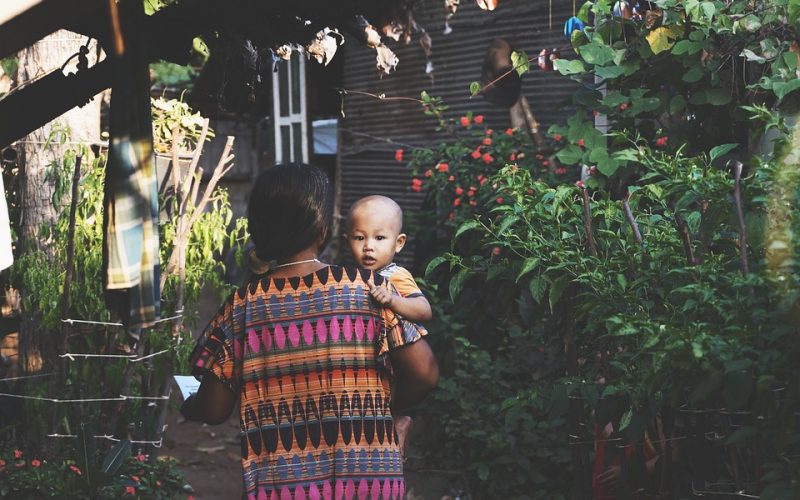Today more and more neighbourhoods are experiencing gentrification, a process of economic growth and revitalisation that often prices out existing residents. As communities across the country become increasingly diverse, this trend has caused both creating debates about inclusion and displacement as well as inspiring conversations about how to create new connections between people.
With so many different perspectives on the issue, it can be difficult to make sense of it all—but one thing is certain: taking an honest look at gentrification can lead to untapped opportunities for creating new and vibrant communities.
Understanding gentrification
Gentrification is a term that has become increasingly prevalent in today's world, yet understanding its full implications can be challenging. Essentially, this concept refers to the process by which an area is transformed from a low-income, working-class neighbourhood into a more affluent, trendy one. This transformation can bring in new businesses, amenities, and residents, driving up real estate prices and ultimately leading to the displacement of long-time residents.
While some argue that gentrification can have benefits such as increased safety, economic growth, and community revitalisation, others stress the negative impact that it has on working-class communities, including displacement, cultural erasure, and the widening of socio-economic inequalities. It is important to develop a fuller understanding of this issue and its complexities in order to ensure that urban development benefits everyone, not just those with money and influence.
Identifying potential growth areas
As urban populations expand, identifying potential areas for gentrification becomes an increasingly important issue. With gentrification comes the promise of neighbourhood revitalisation, increased economic growth and a stronger sense of community.
However, it is crucial to ensure that the process of gentrification does not displace long-standing residents and negatively impact low-income areas. By examining factors such as demographics, urban development trends, property values and community amenities, we can begin to identify areas with the greatest potential for gentrification. It is equally important to engage with local communities and incorporate their input into planning decisions in order to ensure a fair and equitable process that benefits everyone.
Finding ways to encourage new development
As society progresses and cities expand, we are faced with the challenge of balancing new developments with preserving the unique character and culture of existing communities. It's a delicate dance, one that requires thoughtful planning and a deft touch to get it right. But there are ways to encourage new growth while also preserving what makes each neighbourhood special. We can look to community engagement and involvement, zoning regulations that prioritise preservation, and innovative design solutions that blend modernity with tradition.
Ultimately, it will take a collaborative effort from developers, city planners, and residents alike to strike the right balance and create vibrant, thriving communities for years to come.
Strategies for engaging with locals
Engaging with local businesses, residents, and organisations is crucial for the success of any community or project. One way to build relationships with these stakeholders is to actively seek out their opinions and ideas, rather than assuming you already know what they need or want. Hosting events or forums where community members can share their thoughts and concerns can be a great way to start these conversations and build trust. Another strategy is to partner with local businesses and organisations on projects or initiatives that align with their values and goals.
By working together, you can create a sense of ownership and investment in the project, which can lead to greater support and participation. Ultimately, these efforts can help to create a strong sense of community and collaboration, which is essential for achieving lasting success.

